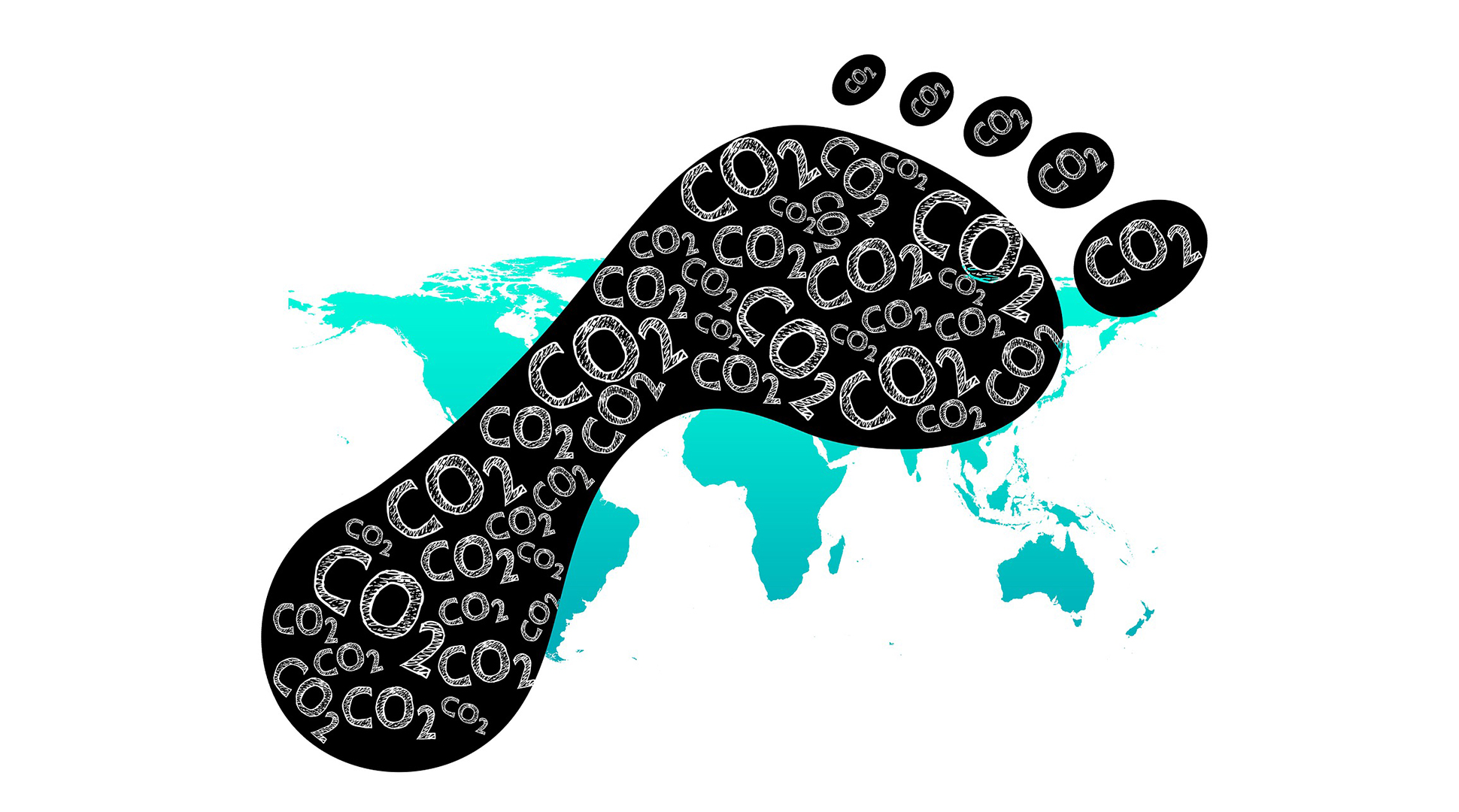Illustration by Geralt
While farmers and ranchers are often blamed for greenhouse gas emissions, (think cow belches and ferrtilizer applications, to name a few) agriculture’s greenhouse gas emissions actually fell more than 4% from 2019 to 2020, according to the U.S. Environmental Protection Agency (EPA). The most recent Inventory of U.S. Greenhouse Gas Emissions and Sinks shows agriculture continues to represent just 10% of total U.S. emissions, much lower than other economic sectors.
American Farm Bureau Federation economists analyzed the data from EPA in the latest Market Intel. 2020 overall emissions from agriculture fell at least 4.3%, or 28.8 million metric tons, compared to 2019. Emissions from agricultural soil management like fertilizer application and tillage practices were reduced by 8.4%.
“The most recent numbers show America’s farmers and ranchers are dedicated to feeding America’s families while remaining committed to improvements in sustainability,” said AFBF President Zippy Duvall. “Farmers are dedicated to doing even better through voluntary, market-based incentives that allow them to capture more greenhouse gases while meeting growing food demands here at home and abroad.”
Compared to 70 years ago, farmers and ranchers are getting almost three times more out of their production than what they put into it. Per unit emissions continue to decrease among livestock as well, a 21% reduction in pork, 26% in milk and 11% reduction of emissions per unit of beef production.
Read the full Market Intel here.
The bottom line is that farmers and ranchers continue to become more efficient through technology, meaning they can grow more food, produce more fiber, with less inputs, less fuel and more. They do it because because they care about the land, air and water. They need it to provide for their families and yours.
